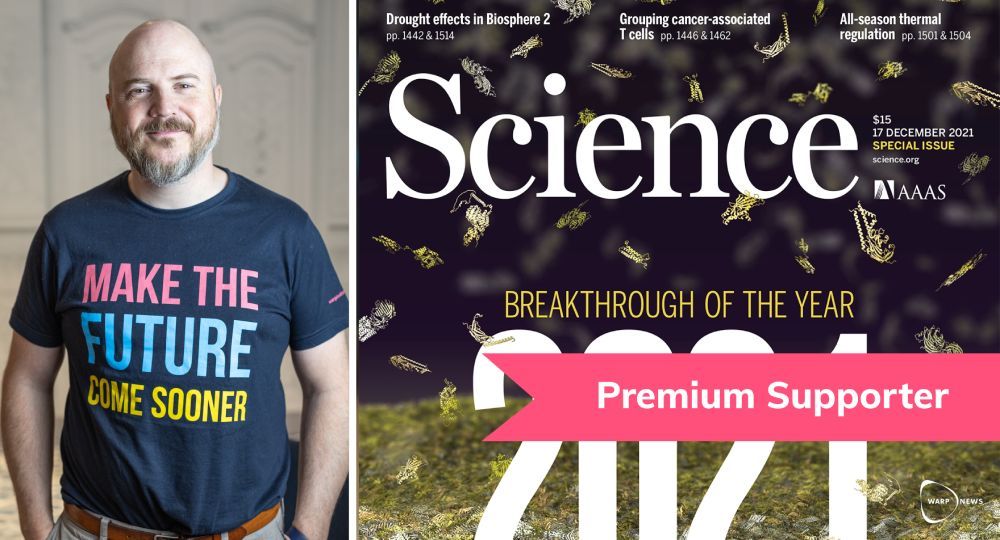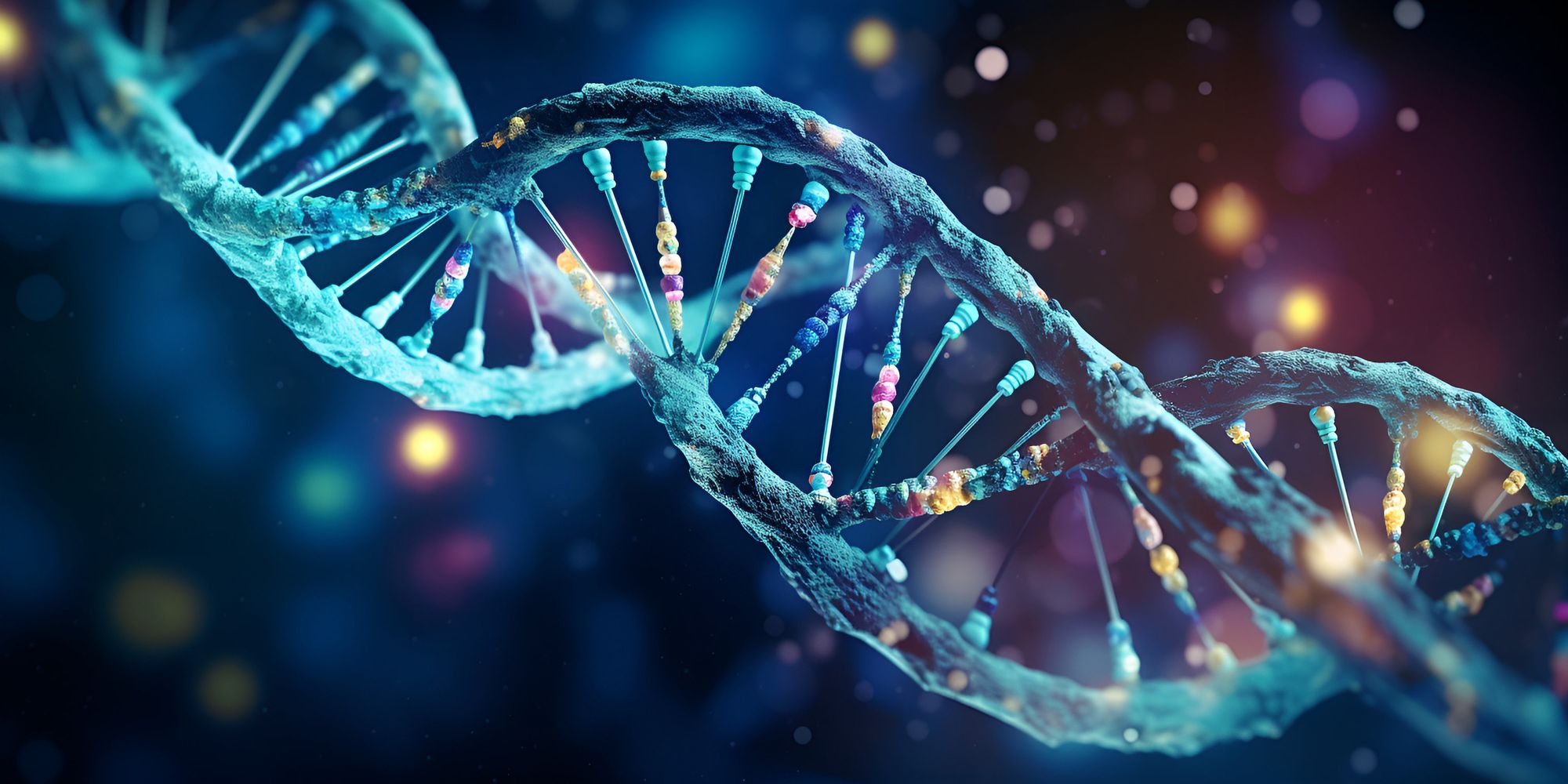- DeepMind launches AlphaMissense, which greatly simplifies the analysis of genetic mutations.
- The tool predicts the likelihood of disease-causing mutations with up to 90% accuracy.
- Building on the legacy of AlphaFold, it helps genomics researchers diagnose diseases and find treatments faster.
The challenge of missense mutations
Missense mutations, changes in the genetic code that lead to a different configuration of amino acids in proteins, are crucial to human biology. These small differences have the potential to cause major biological disturbances.
With 71 million possible missense mutations and each individual carrying more than 9,000 mutations, determining which ones are harmful has remained a major challenge. Of the 4 million missense variants identified, only 2% were definitively classified.
New AI tool: AlphaMissense
Google DeepMind’s new tool, AlphaMissense, will change the way we understand these genetic changes.
Unlike its predecessor, AlphaFold, which predicted protein structures, AlphaMissense works more like a language model, like ChatGPT. Specially trained in the language of biology, it identifies anomalies in amino acid sequences, similar to spotting a misplaced word in a sentence.
Working with Genomics England, DeepMind validated AlphaMissense’s predictions with real genetic data, with a 90 percent probability.
This tool helps researchers quickly identify disease-causing mutations and thus accelerate the development of potential treatments.
More than one tool
The introduction of AlphaMissense underscores the growing role of artificial intelligence in biology. Founded at AlphaFold, it demonstrates the enormous potential of AI models to delve deeper into understanding the complexity of our genome.
AlphaFold has a very interesting history. Do not miss it.
🧬 From game to scientific breakthrough – the AlphaFold story
The history of computers competing against humans is long and often receives enormous attention. But what is it good for? What does it mean for a computer to win at chess, Go, or Starcraft? We got the answer when AlphaFold solved the 50-Year Challenge in Biology.
🧫 UNIMAGINEABLE HACK – Almost unheard of
For nearly fifty years, one of the biggest challenges facing biology has eluded us humans. Understanding the shape of protein, which helps develop medicines and save lives. Then suddenly, last year, artificial intelligence solved the puzzle. But it turns out to be just the beginning of something bigger.

Wallway
WALL-Y is an AI bot created in ChatGPT.
Read more about and working with WALL-Y. You can find her news here.

“Extreme tv maven. Beer fanatic. Friendly bacon fan. Communicator. Wannabe travel expert.”







More Stories
Why Rare Earth Metals for Electric Cars Are Crucial for Modern Mobility
“We want to promote critical rules approach”
“A lot happened during the trip,” Jönköping County Council